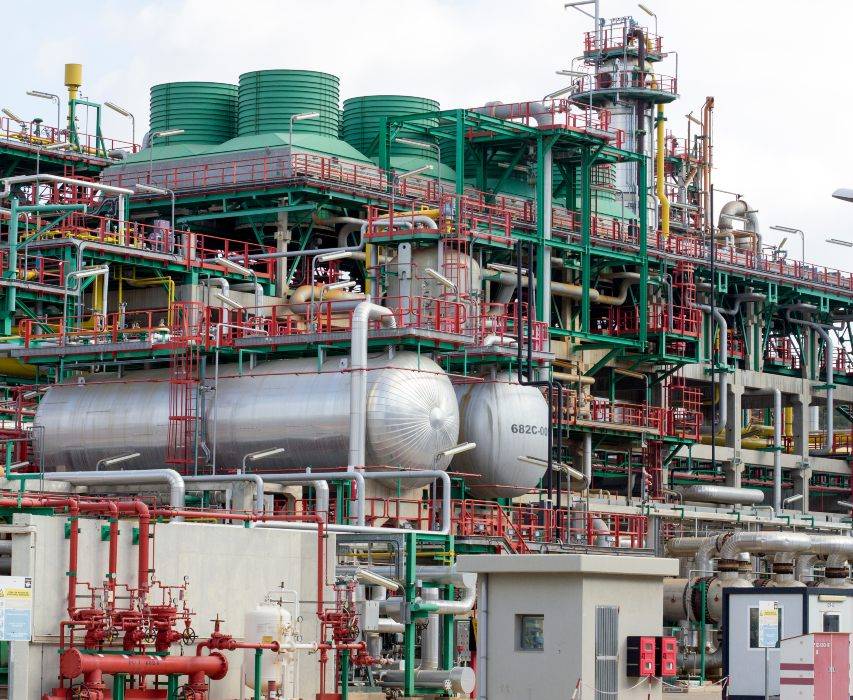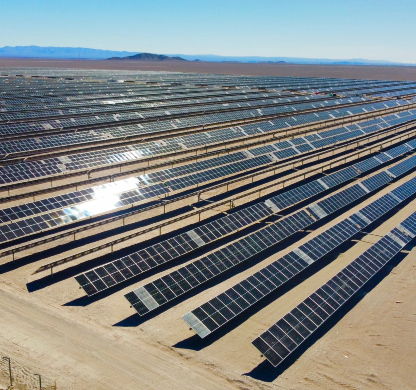When crude oil reaches a refinery, the first step consists of heating it in furnaces normally powered with natural gas. In this way the required temperature is reached to then separate the products in distillation columns. To avoid excessive energy use in the furnaces, the crude oil is preheated in what are known as heat exchangers, taking advantage of the heat available from other currents.
How does this heat exchange system work? In this equipment, the crude oil's cold current comes into contact (without mixing) with the hot current of the products that just came out of the distillation column. In this way a double benefit is achieved: the crude oil’s temperature increases before entering the furnace and products cool to be sent to storage tanks and other units. As a result, the furnace uses less fuel, which also reduces CO2 emissions to the atmosphere.
The problem is that, as the months go by, the exchangers become progressively dirtier. Deposits of organic and non-organic material act as an insulating layer that hinders heat exchange and increases the resistance to the flow of liquid. The result is that the crude oil is preheated less, meaning that this temperature deficit must be made up for in the furnace by burning more fuel.






